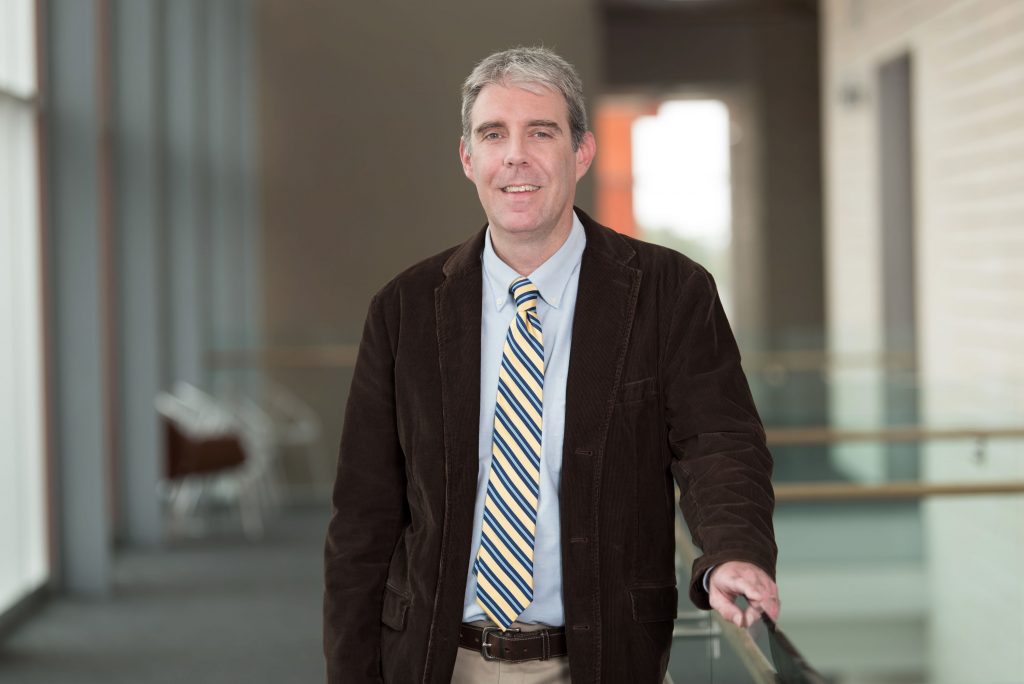The 23rd Annual IAMSE Meeting will feature a host of focus sessions from Sunday to Tuesday. One of our first-time sessions is Mentoring 101- How to be an Effective Mentee: A Focus Session From the IAMSE Student Professional Development Committee. This morning session will be given on Sunday, June 9 and will be led by Student Professional Development Committee members.
Focus Session: Mentoring 101- How to be an Effective Mentee: A Focus Session From the IAMSE Student Professional Development Committee
Time: Sunday, June 9 from 10:00 AM – 11:30 AM
Speakers: IAMSE Student Professional Development Committee Members
Most medical schools offer individualized faculty-mentored research opportunities to their students. One of the major contributing factors for medical students to be successful in these scholarly endeavors is the mentorship they receive. Effective mentorship has been associated with a positive impact on professional development and enhanced research productivity. Indeed, mentorship has been shown to be a crucial contributor to the successful outcome for science trainees at all levels. Yet, many students struggle to have an effective relationship with their mentor. This focus session is provided by the members of the IAMSE committee on Students’ Professional Development. The goal of this session is to prepare students on how to identify a mentor and how to develop and maintain a productive mentor-mentee relationship. For this purpose, personal and professional characteristics of both mentor and mentee that are crucial for an effective relationship will be examined. Common obstacles and mistakes that contribute to a failed relationship will be examined and interventions towards an effective relationship will be identified. Case studies will be utilized to discuss and examine these issues and students and mentors are encouraged to add their experiences to the discussion. At the end of the session, a consensus of how to make the mentor-mentee relationship effective will be drafted.
Session Objectives
- explain the need for mentorship
- articulate the expectations of both mentor and mentee
- identify and address personal and professional characteristics of an effective mento
- identify and address personal and professional characteristics of an effective mente
- recognize common obstacles and pitfalls towards an effective relationship
- contrast effective and failing mentor-mentee relationships
- identify and implement an intervention to improve failing mentor-mentee relationship
Additional details about this and our other focus sessions, as well as registration information, can be found at http://www.iamseconference.org.



